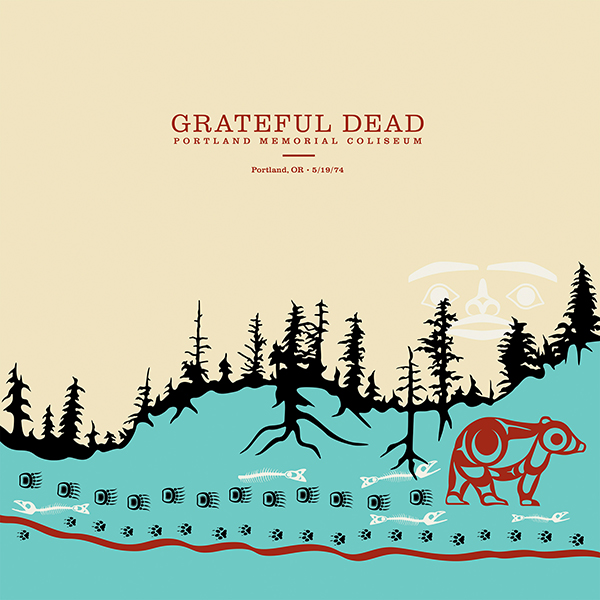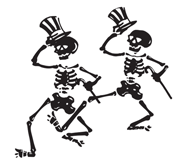And now for an interlude from the liners from our PORTLAND MEMORIAL COLISEUM, PORTLAND, OR, 5/19/74 (6-LP) set...
It was always the Dead’s kind of town. Like San Francisco, Portland was defined by its shipping, and the two cities were part of America’s bohemian archipelago, sharing writers and ideas. Novelist Don Carpenter was a part of San Francisco’s Beat scene but always returned to “the painters and artists and dreamers of Portland,” as he wrote in his last novel, and the city also shaped future Beat poets Gary Snyder, Philip Whalen, and Lew Welch, who met at Portland’s Reed College in the 1950s. Timothy Leary made a legendary visit to the campus at the height of the 1960s, and that sensibility continued into the 1970s, when the school’s “free-spirited hippie lifestyle” attracted counterculturally inclined students such as Steve Jobs, even if that “combined somewhat uneasily with its rigorous academic standards and core curriculum,” as his biographer noted.
No wonder the Dead found Portland so welcoming. Rigorous, free-spirited, and offering a core curriculum; all of that could describe the Grateful Dead, too—especially in the spring of 1974.
That January, the Dead found themselves in an interesting position: a growing operation, a solid body of work behind them, and an ambitious slate of projects ahead. On January 2, they held a band meeting that mapped out the challenges they faced. The PA—not yet called the Wall of Sound—dominated the discussion: the scale and complexity of the system now required an advance man to make sure that the promoter could accommodate it. The contract rider had become a massive technical brief, spelling out every detail for mounting a show, up to the kind of forklift required. Promoters had to complete a multipage questionnaire and provide a full set of architectural plans, too, at least two months before the gig.
The PA was still very much in development. Three days of shows at Winterland in February were designed to sound check the system, after three full days of site testing, with a final public test “around March 1st at a large hall such as Portland Coliseum for a 2nd sound experimentation,” the minutes noted. That would happen closer to home, but even more revealing was the comment that the second sound test would also be “for Phil & Ned.” This was the first mention of Lesh and Lagin’s ambitious electronic music project, eventually called “Seastones,” and contrary to later recollections, it shows that the project was far from ancillary to the band’s work that year. So was the cost: proceeds from the Winterland shows were earmarked for two expenses, a down payment for the Godchauxs’ house ($19,000) and a whopping $27,500 for a computer to handle “Seastones.”
Learn more about PORTLAND MEMORIAL COLISEUM, PORTLAND, OR, 5/19/74 (6-LP).
And now for an interlude from the liners from our PORTLAND MEMORIAL COLISEUM, PORTLAND, OR, 5/19/74 (6-LP) set...
And now for an interlude from the liners from our PORTLAND MEMORIAL COLISEUM, PORTLAND, OR, 5/19/74 (6-LP) set...
dead comment
1974






